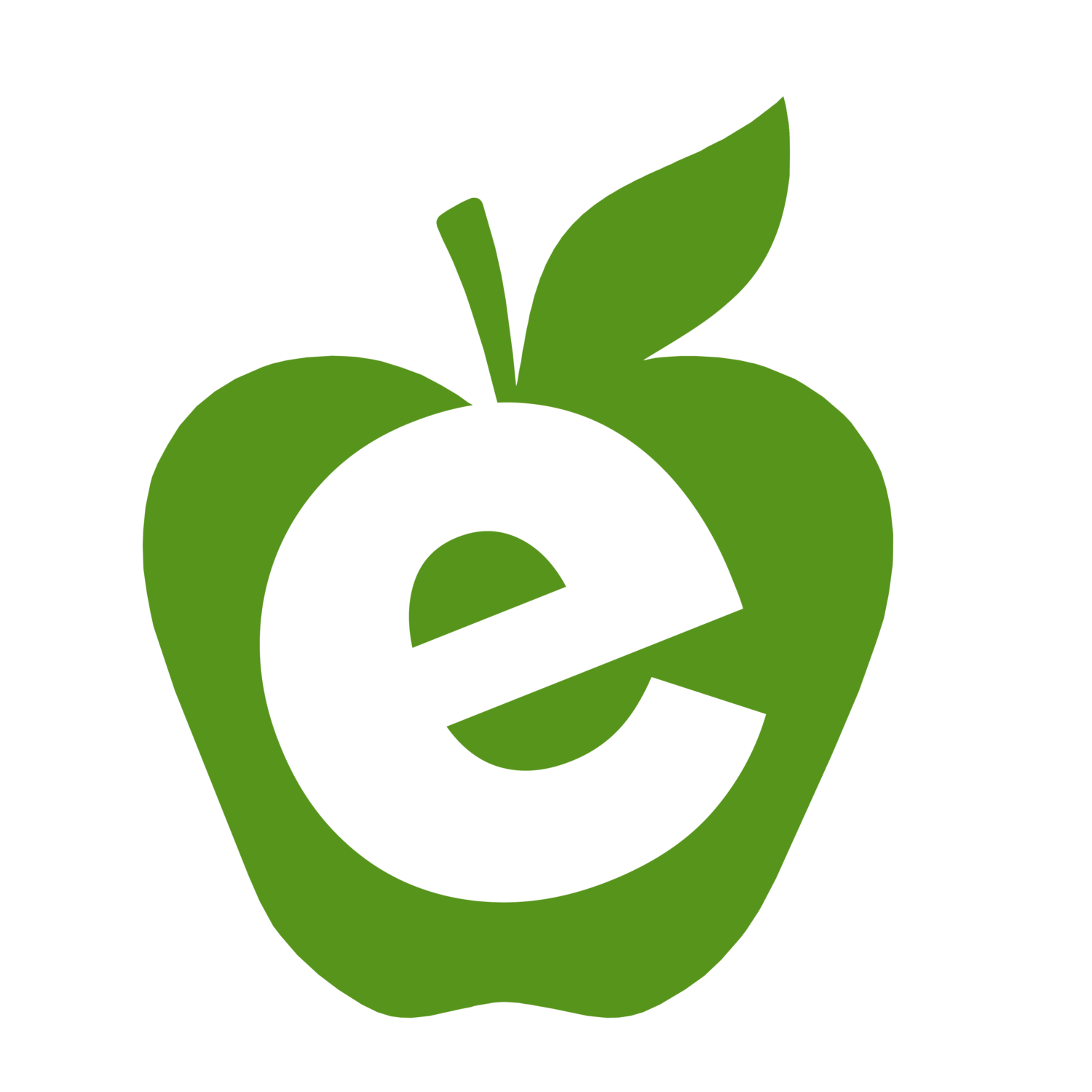How should money going towards education be spent right now? It’s a constant conversation, but it takes on additional importance after the Covid educational turmoil of 2020-2021. According to the latest research from a group of distinguished education researchers, you might be surprised with what type of spending correlates with higher learning outcomes and gains for students.
WHAT MIGHT NOT SURPRISE YOU -
But first, here are two variables that might not surprise you. The researchers' study looked at The National Assessment of Educational Progress (NAEP), also known as the Nation’s Report Card. Using a regression analysis, the researchers considered several models that controlled for several variables such as per-pupil spending, student/teacher ratio, median household income, the proportion of the student body that is white, etc.
The two variables that probably won’t surprise you are the outcomes related to student/teacher ratio and teacher quality. When a state’s student-to-teacher ratio is higher, state NAEP score performance is lower. In other words, small class sizes did, in fact, improve student performance. The other metric that may not surprise readers is one on teacher quality. As expected, teacher quality is associated with NAEP score gains.
BUT YOU MAY NOT EXPECT THIS -
But this is where the study gets really interesting. Most of us would probably expect higher spending levels to correlate with higher performance and test score gains. However, the researchers found that higher educational expenditure is actually negatively associated with both NAEP performance and gains. Yes, you read that correctly. Higher spending is associated with lower test scores.
Maybe you are asking, “But how could this be?” Although this topic needs it’s own post in the near future, we give you this video to give you a sense of how this is possible. In many places over the years, administration has exploded while teacher and student numbers have hardly grown. Higher spending seems to be creating a lot of administrative bloat. Teachers who spend their time responding to greater administrative demands have less time to actually teach children.
But here’s the surprising GOOD NEWS from these distinguished researchers. Their research also shows a clear correlation between a state’s level of education freedom and high academic scoring and gains.
In other words, when parents have options for their children other than an assigned school, their children are more likely to perform better, even if they choose to stay at their assigned school.
“Why would this correlation exist?” one might ask. The study explains that allowing parents to act as empowered consumers creates competition between schools that prompts schools to offer a higher level of educational service. Thus, as consumers require better service, education providers are held accountable for offering better service. Competition breeds quality. (An aside - good college basketball programs know this, and they often schedule good teams at the beginning of the season so that they are already playing at a high level when their conference games begin.)
Looking at this research and going back to the original question we posed about where to spend dollars to improve education, don’t fall into the trap of believing that giving schools more money to spend magically produces a higher quality of education for students. But spending money on school choice seems to be a good investment for all students, because it causes schools to raise their game.
More choices doesn’t just help your child; choice means broad change for your community too.

